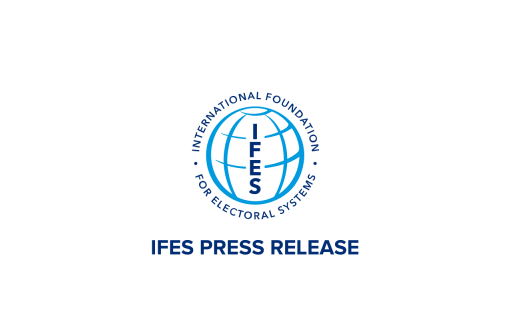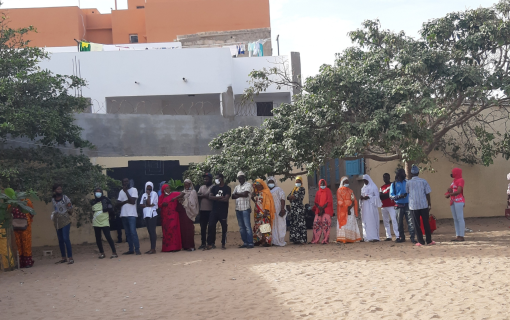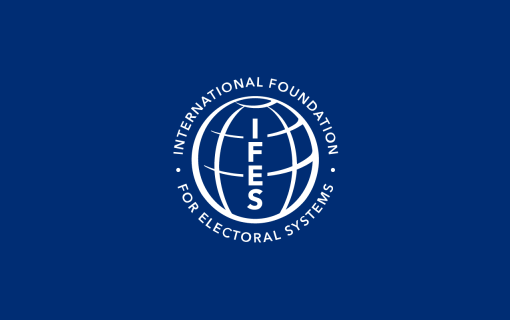Kyrgyzstan Technical Election Assessment March 1995
INTRODUCTION
Prior to September 5, 1994, when the Parliament was dissolved and restructured by Presidential decree and referendum, Kyrgyzstan was considered the "bright light of democracy" in Central Asia. These seemingly undemocratic methods of governance by the president and his cabinet created the need for a reassessment of the course of democratic development and a determination of how best to serve the needs of the citizens of this country.
The controversial self-dissolution of parliament, a hastily called referendum establishing a bicameral parliament, a series of presidential decrees amending the election law and the increased assertiveness of Akims (heads of local state administration) pointed toward a shift from the democratic, reform-oriented policies of President Askar Akayev toward a reassertion of presidential power.
This report is divided into four sections. Section I presents the December 1994 pre-parliamentary assessment, which led to the Voter Education and Motivation Program. This section reviews political and electoral events from 1993 to the present with emphasis on the development of political parties, laws on media and public associations, and descriptions of laws and decrees governing the parliamentary election cycle. It is important to note that, based on the number of potential candidates running in each district and the need for a winner to receive 51 percent of a 50 percent voter turnout, runoff and re-elections were guaranteed.
Section II presents an overview of the Kyrgyzstan judicial system and election laws and describes the Voter Education and Motivation Program in detail. It also details the February 5, 1995 election-day observations and presents recommendations for further presence.
Section III provides details of the February 19, 1995 runoff elections and explains the complaint and violation process used by the CEC. In this section are highlights of alleged vote counting fraud and discussions of the effects of poor election-day worker training and inadequate ballot security procedures.
Section IV provides an evaluation of the February election observations and provides suggestions for further initiatives in Kyrgyzstan.
Read the Full Report.









